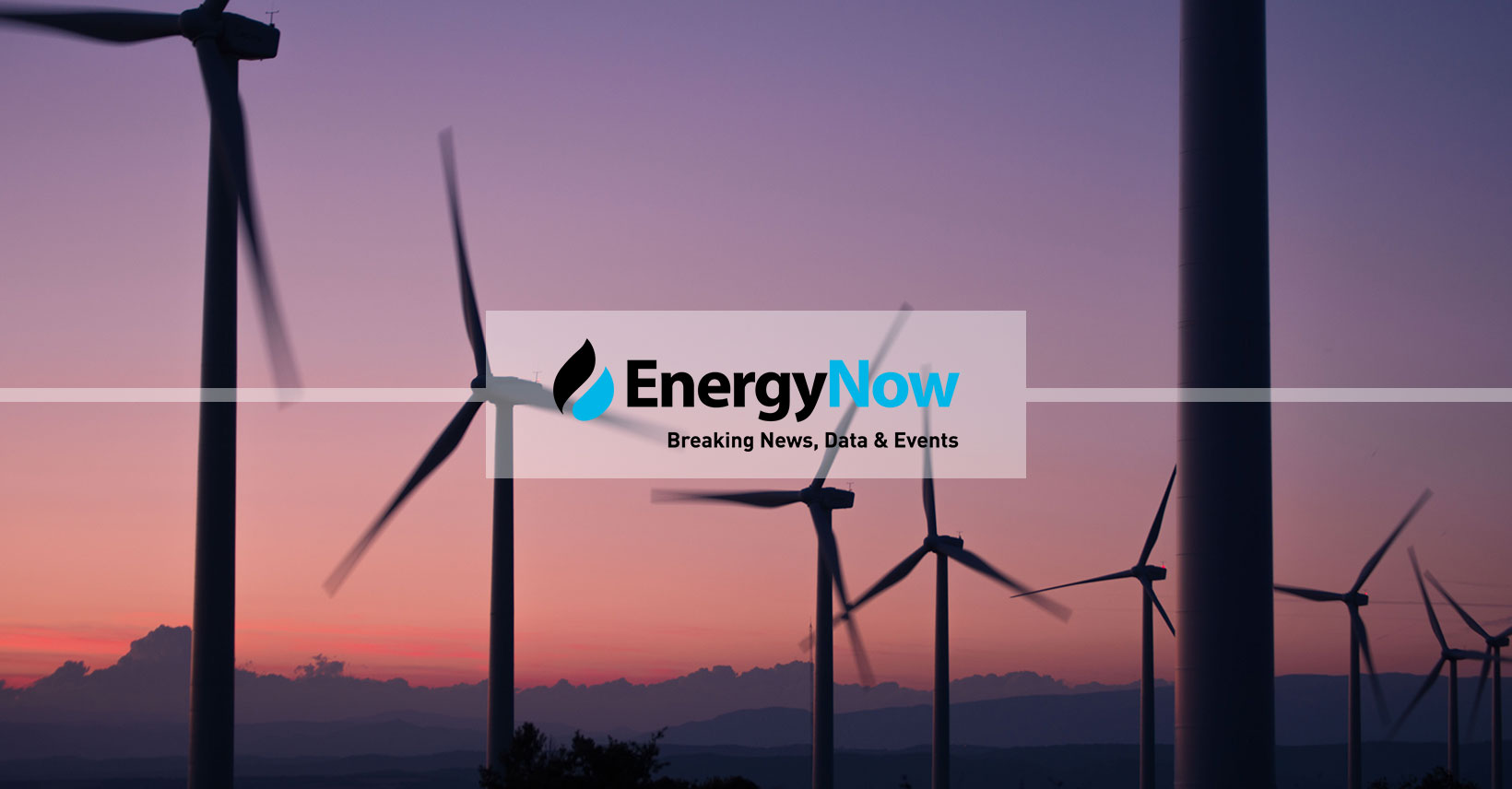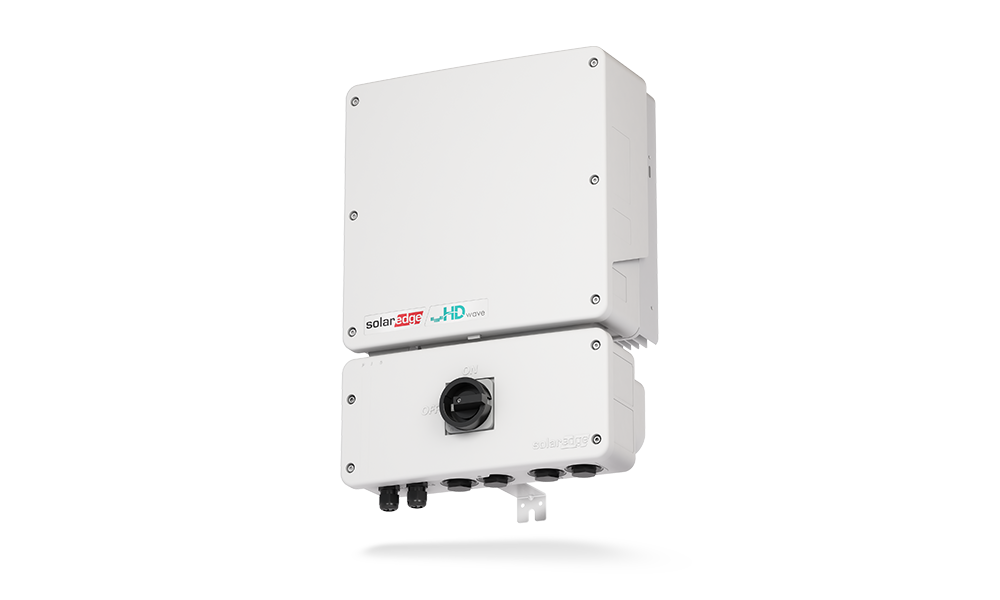Sign up for daily news updates from CleanTechnica on email. Or follow us on Google News!
The image of the small town farmer patiently plowing their fields is a contemporary myth. Today’s farming is all about agritech. Labor costs too high? Buy driverless tractors. Can’t be profitable if seed rows are laid out sporadically? Automated seed planters will take care of that. Want to limit the crops that are destroyed during weeding? Cutting edge spot sprayers can distinguish between desired and invasive plants.
Catalogs full of software tools also enable remote field monitoring to assess soil health, seed growth, and many other critical agricultural factors. The rise of precision agriculture has the potential to boost yields and profit margins while lessening reliance on fertilizer and other inputs, among other benefits.
There’s a hitch, though. And it’s a big one.
Little of that agritech is possible if farmers can’t access new equipment programs with the internet. Did you know that approximately 30% of farm acreage in the US does not possess reliable WiFi access? Chronically unreliable internet infrastructure makes many farmers mere spectators as agriculture shifts to agritech and more complex levels of innovation.
And that’s where Elon Musk’s Starlink comes in.
Food systems – what we eat; how we grow, ship, and cook it; and how we dispose of (and sometimes waste) it – are responsible for roughly a third of global greenhouse gas emissions. COP28 acknowledged this pressing need by addressing sustainable agriculture, with countries expressing their intentions to integrate food and agriculture into their climate plans.
“It’s really exciting that food is finally on the table,” said Danielle Nierenberg, president of Food Tank, a non-profit think tank. “Now we have this ability to talk about food systems as a solution to the climate crisis in a way that we haven’t ever had the chance to before.”
Sustainability is a major challenge in agri-food systems. Digital technologies, such as Internet of Things (IoT), hold substantial promises for attaining the sustainability goals of the economy, environment, and society at large. Plants, fields, cows, and machines can become more sustainable when connected by all kinds of sensors to measure temperature, humidity, or location. The farmer, however, needs to transmit the real-time aggregated data to the cloud.
Scholarly literature indicates that there is a clear potential for IoT to contribute to a more sustainable agriculture, yet ultramodern agricultural devices require stable internet connections for over-the-air updates, data-sharing, diagnostics, self-repair solutions, and machine-to-machine communications. There are many types of agritech needs, according to ICT Networks:
- Smart crop management solutions include remote management of water pumps, soil monitoring, crop monitoring, irrigation management and automation, greenhouse management, automatic fertilizer and pesticide application, cold storage management, and logistics tracking;
- Smart livestock management tools use IoT devices to help farmers with containment and theft prevention, health and reproduction, identification of predatory threats and long-term management; and,
- Mechanization access services use digital booking systems (normally in the form of a mobile app) to enable farmers to access agricultural equipment, such as tractors, drones, threshers, tilling machines, and other farm equipment.
Without connectivity, farmers can’t conduct many basic tasks that come with running a contemporary business. In an increasingly online world, farmers rely on the ability to search sites for the best input prices to help boost profit margins, shop for replacement parts for their equipment, apply for funding, and run platforms that rely on direct-to-consumer marketing. In the field, improved connectivity at high-speed thresholds has been shown to correlate with higher crop yields — but that all depends, according to Ambrook Research, on the robust upload and download speeds that today’s farm equipment relies on to function efficiently.
How John Deere is Doing IoT Differently — An Agritech Partnership with Starlink
John Deere has announced a 2024 partnership with SpaceX’s Starlink subsidiary to begin offering satellite internet subscriptions in certain currently underserved farming regions. Deere now supplies an estimated 60% of high-horsepower, high-tech farming vehicles across the US and Canada. Looking ahead to 2023, the company anticipates a new revenue trend in which one-tenth of its annual stream will be derived from software subscriptions.
Cathie Wood’s ARK Invest has taken the position that, by expanding connectivity to rural areas, Deere should be able to continue its strategic pivot from traditional hardware sales to a service-oriented model that offers autonomous and precision agriculture on a subscription or per-acre basis, which could increase margins. ARK projects that the Deere-Starlink partnership also positions Starlink as a key player in industrial automation, enhancing the productivity of machines across agriculture, mining, and construction with autonomous technology.
If this Deere forecast is to become a reality, of course, many more rural farmers need to have strong internet connectivity. Seeking to help “further connect its fleet of intelligent machines,” Deere put out a call for proposals and eventually selected Starlink. The decision came after testing various companies’ satellite equipment installed on combines, trucks, grain carts, and other agricultural vehicles in real world settings.
Deere says that this partnership — “an industry first” — will enable Deere customers to be more productive, profitable, and sustainable in their operations as they continue to provide food, fuel, and fiber for their communities and a growing global population.
“The value of connectivity to farmers is broader than any single task or action. Connectivity unlocks vast opportunities that were previously limited or unavailable,” notes Aaron Wetzel, vice president of production and precision ag production systems at John Deere. “For example, throughout the year, farmers must complete tasks within extremely short windows of time. This requires executing incredibly precise production steps while coordinating between machines and managing machine performance. Each of these areas are enhanced through connectivity, making the entire operation more efficient, effective, and profitable.”
SpaceX’s Starlink launched its first orbital equipment in 2019 and is now one of the most in-demand satellite broadband internet providers. It has over 5,300 working satellites in orbit and foresees supporting an estimated 36,700 more in the coming years. Starlink’s primary targets are the most remote regions of the world, as well as those peopple residing in areas without reliable internet infrastructure, such as John Deere customers.
Nothing is free, and farmers and licensed Deere equipment vendors will pay indirectly for the Starlink/ Deere partnership. John Deere’s SATCOM solution will leverage SpaceX’s Starlink satellite internet constellation. To activate this solution, Deere dealers will install a ruggedized Starlink terminal on compatible machines, along with a 4G LTE JDLink modem to connect the machine to the John Deere Operations Center. The SATCOM solution will initially be available through a limited release in the US and Brazil starting in the second half of 2024.
Subscription bills and fees for software access have yet to be determined.
It’s important to remember that, as recently as last July, US PIRG Education Fund compared software tools provided to farmers to those provided to Deere-affiliated dealerships. The comparison found that the publicly-available tool withholds, redacts, or obfuscates functions and information required to independently complete many repairs. As such, industry agreements do not provide farmers with full fixing freedom. They say that any “solution” that fails to allow a farmer or independent mechanic to fully diagnose, troubleshoot, and electronically authorize mechanical repairs falls short of a true Right to Repair fix.
Is this Deere-Starlink partnership, with its upcoming subscription bills, another version of restricting farmers’ full freedom?
Final Thoughts about Agricultural Technology & the IoT
Starlink is not a replacement for the data management and communications systems currently offered by Deere. It is an additional after-market option for both new and used equipment installed at dealerships.
Many of the US states with the slowest internet speeds are from rural areas, where limited infrastructure and geographical barriers pose significant obstacles.
- California
- Montana
- South Dakota
- Iowa
- Wyoming
- Maine
- Hawai’i
- Mississippi
- Idaho
- Arkansas
Getting broadband internet to all people in the US is an ambitious endeavor, and it does not answer all the needs of US farmers. However, for farmers to participate in the agritech era that faces them, having internet access is a necessary starting point. How much it liberates or restricts them remains to be seen.
Have a tip for CleanTechnica? Want to advertise? Want to suggest a guest for our CleanTech Talk podcast? Contact us here.
Latest CleanTechnica TV Video
I don’t like paywalls. You don’t like paywalls. Who likes paywalls? Here at CleanTechnica, we implemented a limited paywall for a while, but it always felt wrong — and it was always tough to decide what we should put behind there. In theory, your most exclusive and best content goes behind a paywall. But then fewer people read it!! So, we’ve decided to completely nix paywalls here at CleanTechnica. But…
Thank you!
CleanTechnica uses affiliate links. See our policy here.




